Pedal-assist systems for electric bicycles, also known as e-bikes, are becoming increasingly popular as a means of eco-friendly transportation. With a pedal-assist system, the rider can still get exercise while being aided by a motor, making it easier to ride uphill and travel longer distances.
How does pedal assist work on electric bikes? In this article, we will discuss the different types of pedal-assist systems and how they work.
Torque Sensing Systems
Torque sensing systems are the most advanced type of pedal-assist technology. These systems use sensors to measure the amount of force being applied to the pedals, and then adjust the amount of assistance provided by the motor accordingly. For example, Trek pedal assist bike.
The result is a highly responsive and natural-feeling ride, where the motor provides just the right amount of assistance to make pedaling easier without taking over.
Cadence Sensing Systems
Cadence sensing systems are a more basic type of pedal-assist technology. These systems use a sensor to measure the speed at which the pedals are being turned, and then adjust the level of assistance accordingly.
The result is a ride that feels less natural, but is still much easier than pedaling without any assistance.
Combined Torque and Cadence Sensing Systems
As the name suggests, combined torque and cadence sensing systems use both types of sensors to provide the most advanced level of assistance.
These systems can detect both the force being applied to the pedals and the speed at which they are being turned, and then adjust the amount of assistance accordingly.
This results in a highly responsive and natural-feeling ride, making it easier to tackle hills and travel longer distances.
Pedal Assist vs Throttle e-bike Comparison
While not technically a pedal-assist system, some e-bikes simply have a throttle that can be used to turn on the motor and provide assistance without pedaling. This type of e-bike is often used by people who want the convenience of an electric bike without the added effort of pedaling.
Regardless of the type of pedal-assist system used, the goal is to make it easier and more enjoyable to ride an electric bike. By providing just the right amount of assistance, riders can travel longer distances, tackle hills with ease, and enjoy a more sustainable form of transportation.
One of the major benefits of e-bikes with pedal-assist systems is that they provide a form of exercise while still making it easier to ride. This is especially important for people who may not have the fitness level or physical ability to ride a traditional bicycle, but still want to enjoy the benefits of cycling.
Another benefit is that e-bikes with pedal-assist systems are much more environmentally friendly than traditional gasoline-powered vehicles. With the rise of concerns about climate change, e-bikes are becoming an increasingly popular option for those who want to reduce their carbon footprint.
Top Pedal Assist Electric Bikes for Beginners
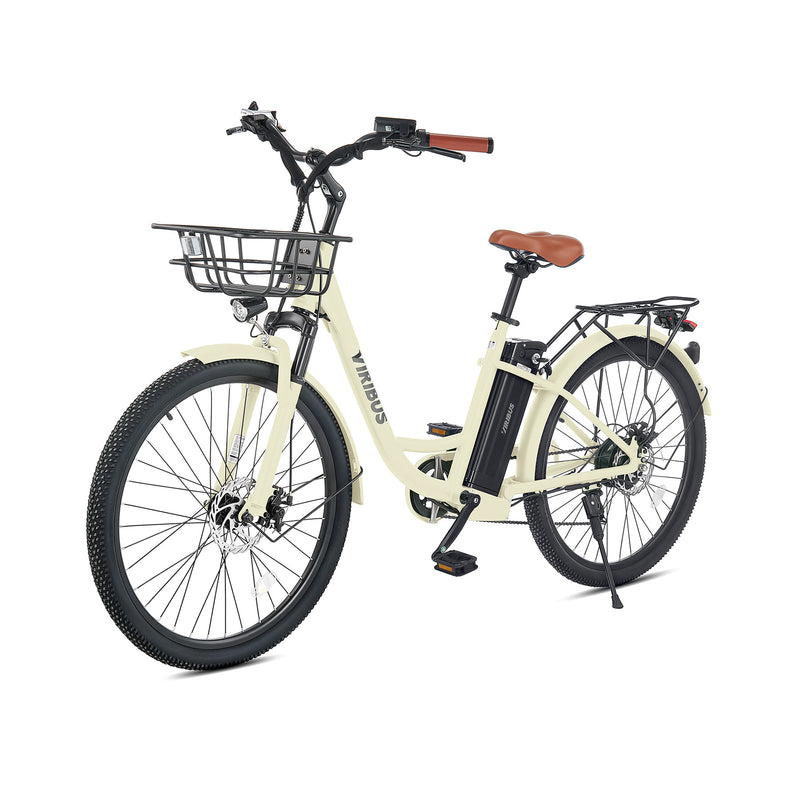
The Viribus Step-Thru Electric Bike provides an enhanced riding experience through its pedal-assist and thumb throttle systems, ensuring you feel the power with each pedal stroke, making even hills a breeze.
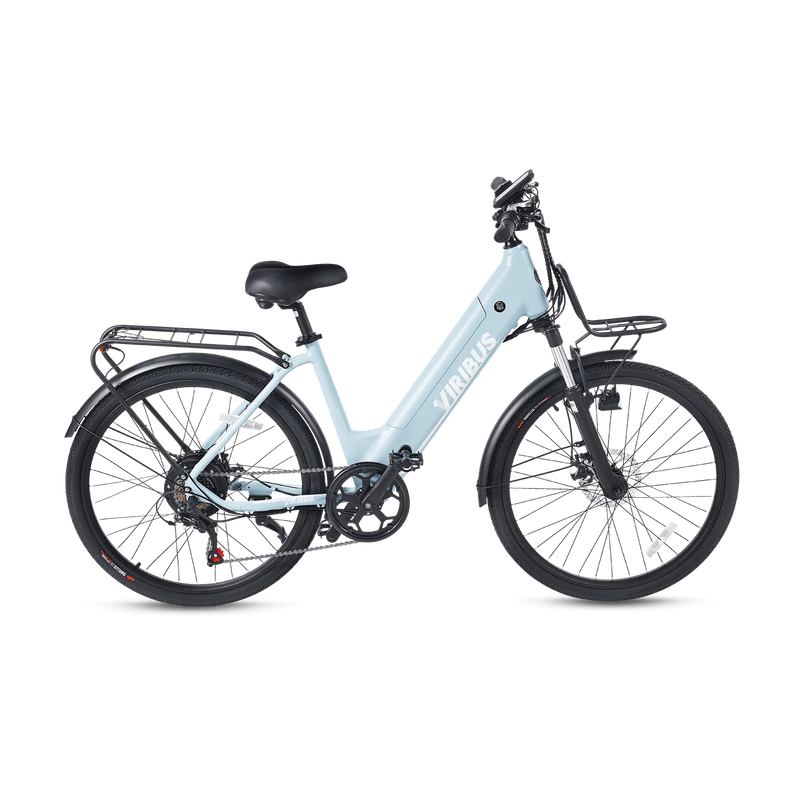
The Viribus DuoSense electric city bike features a high-quality 21700 automotive-grade battery cell, providing a durable 48V 15Ah battery. This ensures an assisted pedal range of 80 miles and a full throttle range of 40 miles, making your journeys more convenient than ever.
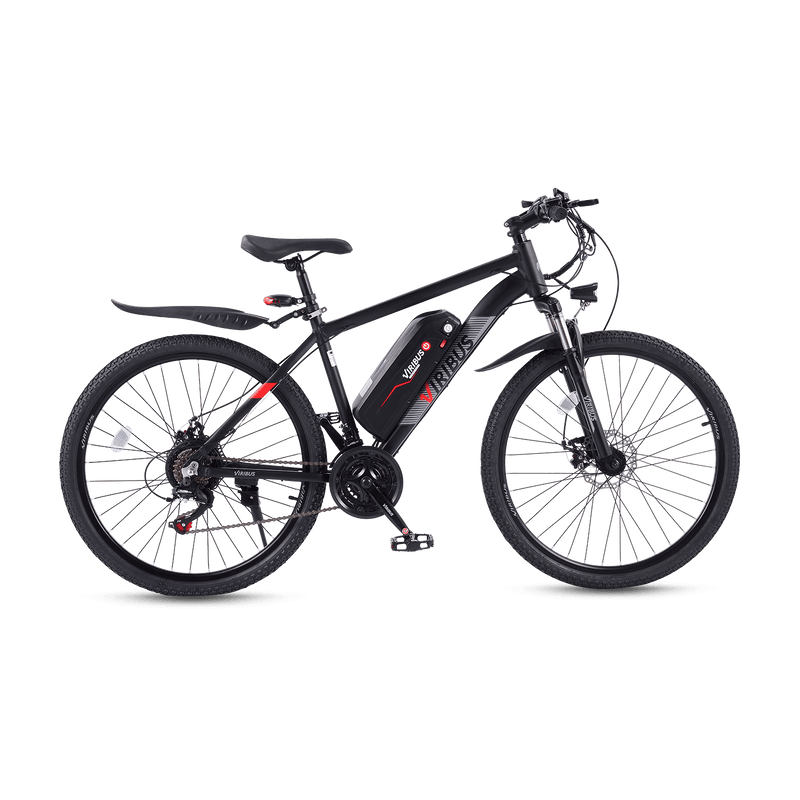
Bike with Pedal Assist
The Viribus Panther Electric Mountain Bike incorporates a 3-level pedal assist system that smoothly combines human power with electric assistance, turning each ride into a seamless and extraordinary journey of discovery.

The Various Electric Folding Bike features a Shimano 7-speed freewheel, enabling easy shifts to a larger cog for uphill riding and downshifts to a smaller cog for high-speed riding. Paired with the pedal-assist system, this allows you to customize the speed to your preference for a comfortable and efficient journey. Best pedal assist electric bike
In conclusion, pedal-assist systems for e-bikes are a valuable innovation for those who want to make their cycling experience easier and more enjoyable.
Whether you're looking for a way to exercise while being aided by a motor or want to reduce your carbon footprint, an e-bike with a pedal-assist system may be the perfect solution.
With their growing popularity and technological advancements, pedal-assist systems for e-bikes will only continue to improve and become even more widely available in the years to come.




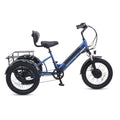
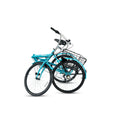
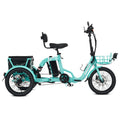

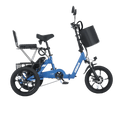







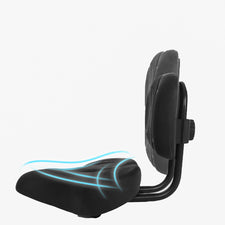





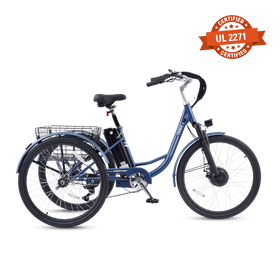
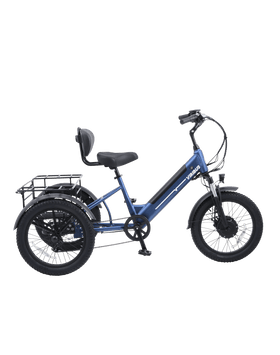





Leave a comment
All comments are moderated before being published.
This site is protected by hCaptcha and the hCaptcha Privacy Policy and Terms of Service apply.